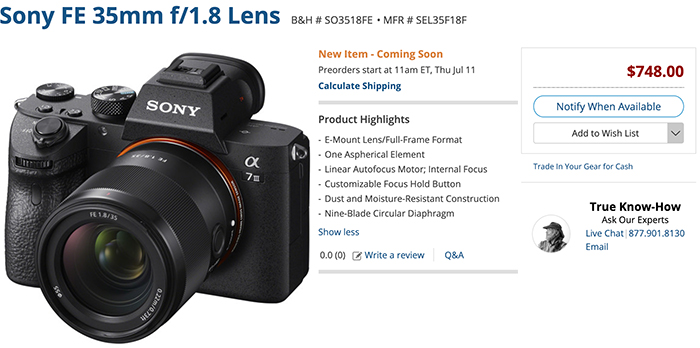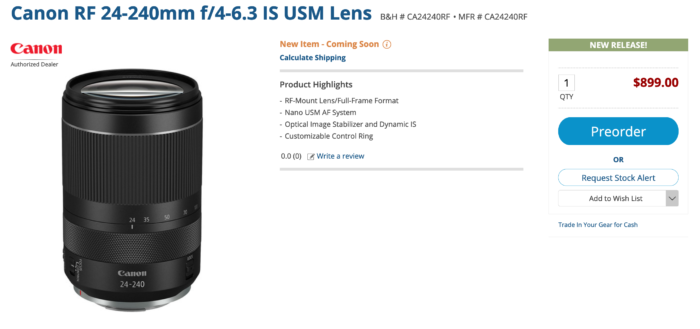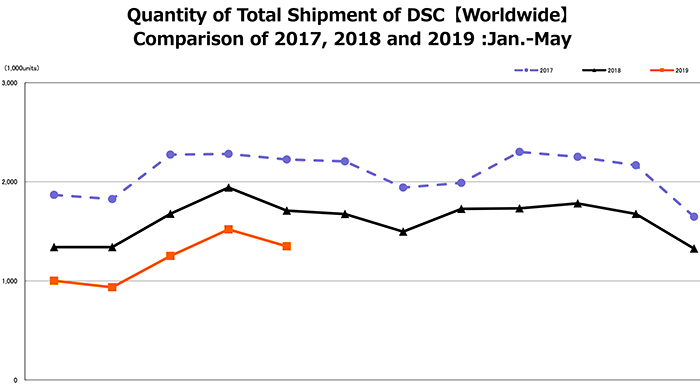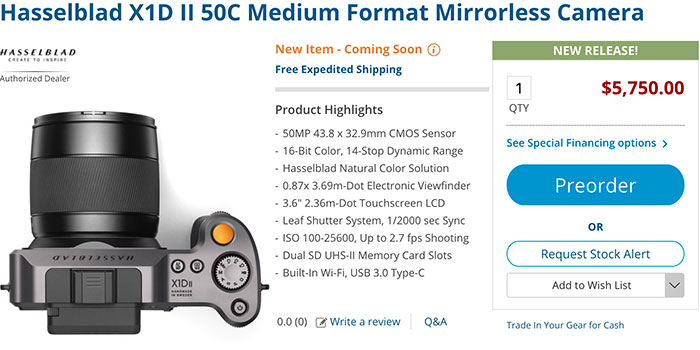Sony announced the high quality (and expensive) 35mm f/1.8 FE lens
One thing is sure: Sony can’t make seriously low-priced lenses :) Their new 35mm f/1.8 FE looks like a serious good performer but if you were hoping to get a sub $500 lens well look elsewhere. In Sony’s defense we have to say that this lens seems to have a high image quality and also has the useful AF-MF switch and focus hold button.
If this lens doesn’t grab your interest wait two more days to see the three new Sigma FE lenses (14-24mm f/2.8, 45mm f/2.8 and 35mm f/1.2)
Preorders (start at 11am ET, Thu Jul 11):
Sony 35mm f/1.8 FE in the USA at Adorama, Amazon, FocusCamera and BHphoto.
Sony 35mm f/1.8 FE in EUROPE at ParkCameras, WexUK.




